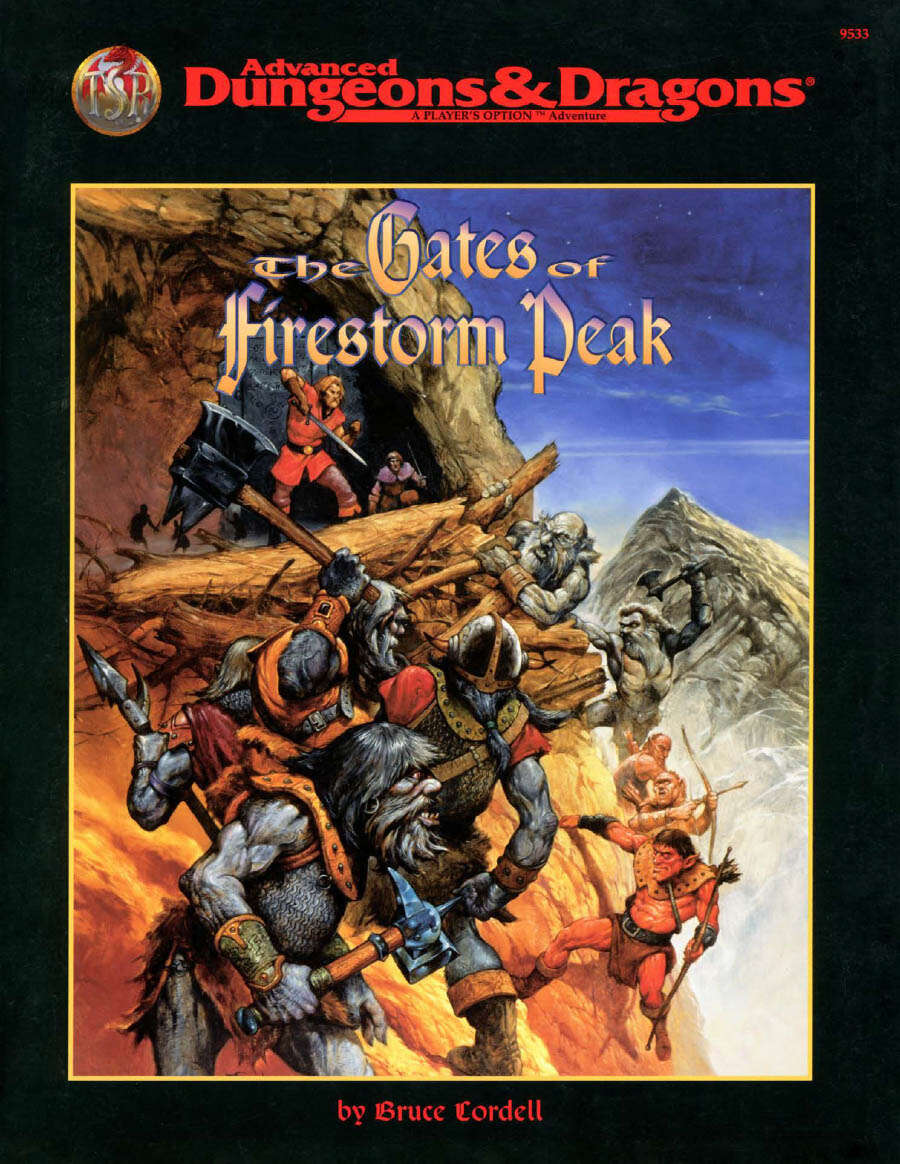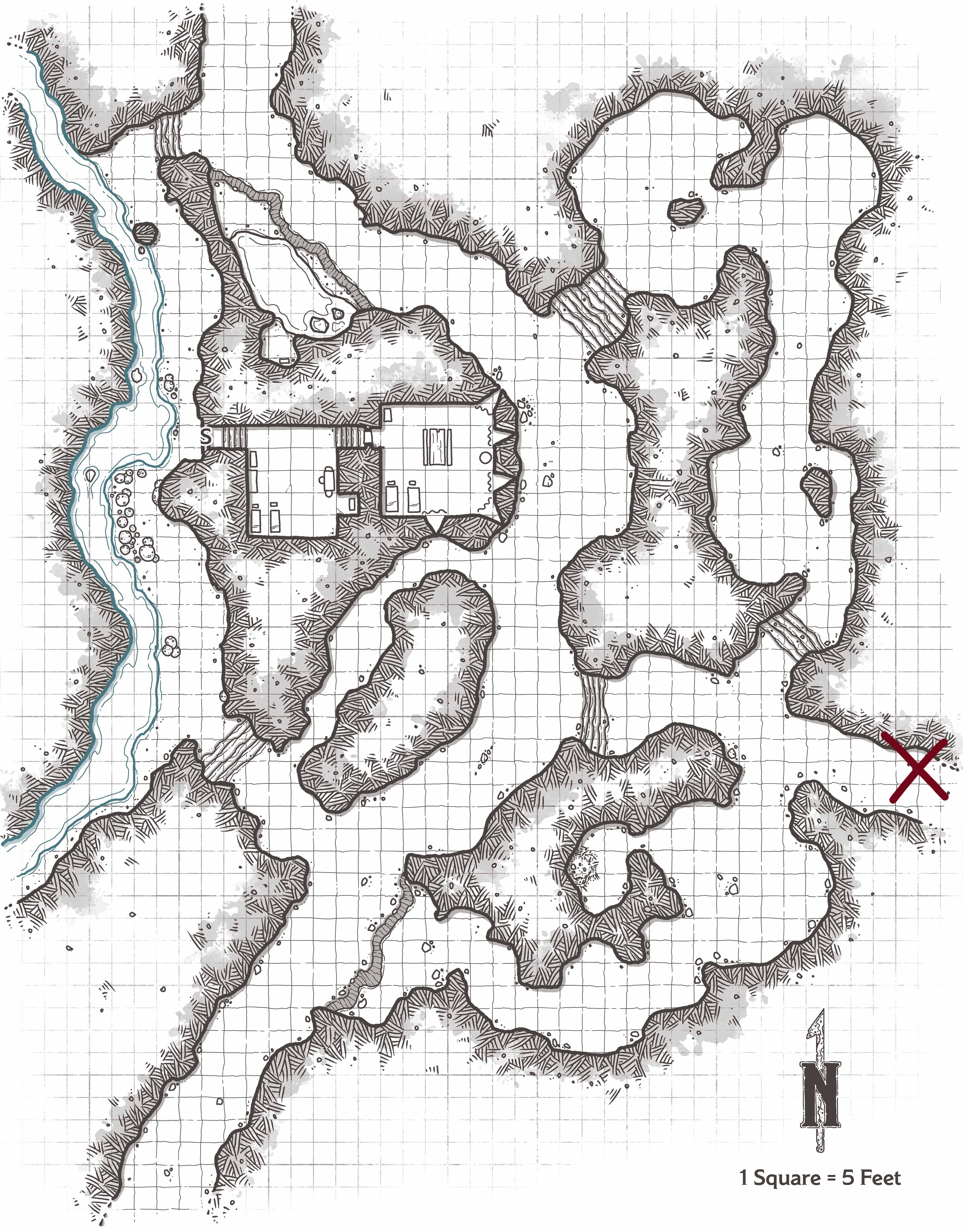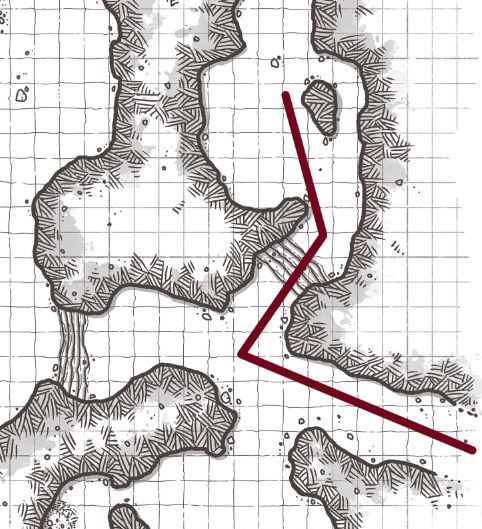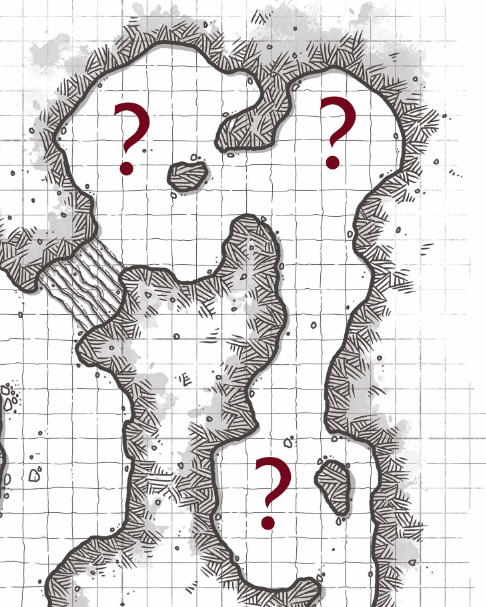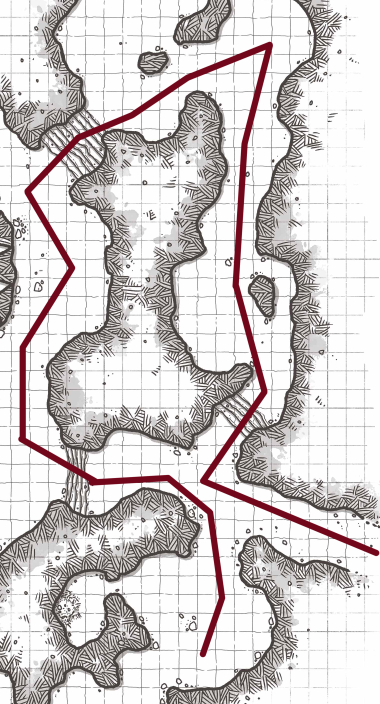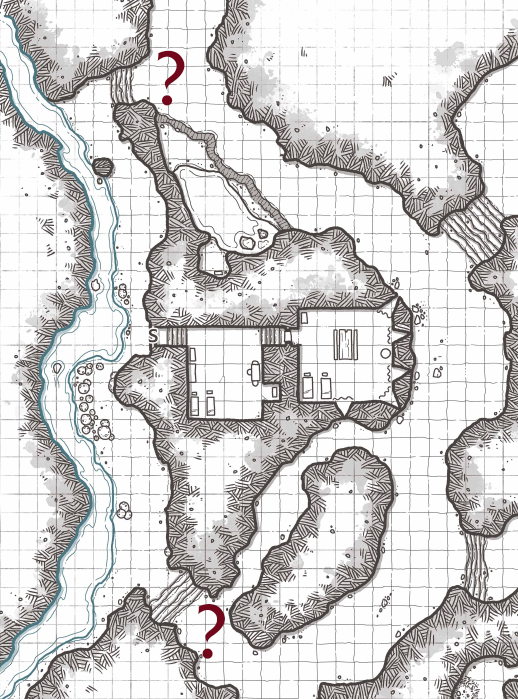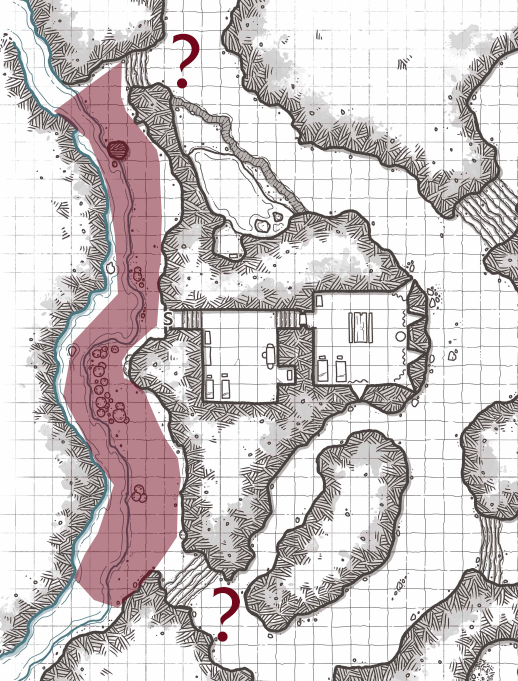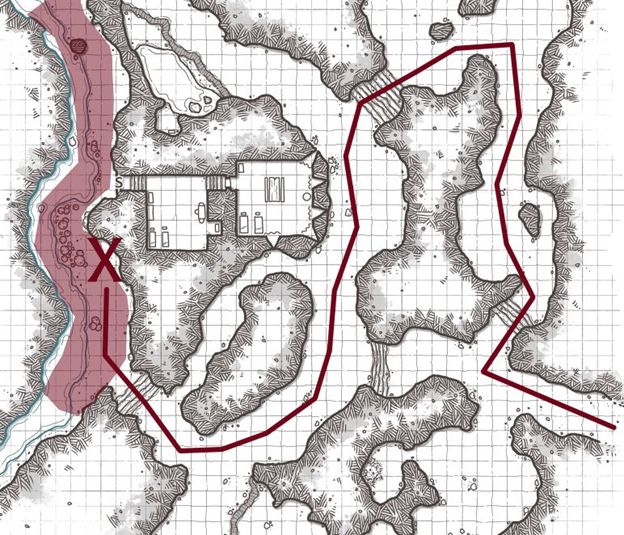DISCUSSING
In the Shadow of the Spire – Session 46A: Among Madmen
At the last possible moment, Zairic twisted aside so that the arrow lodged in his shoulder instead of his heart. Letting his book drop to the floor, Zairic vaulted over the high arm of his chair and jumped for cover. In mid-leap, he released a fireball through the window. Tee ducked down as the fiery inciting pellet passed over her head and avoided the brunt of it almost completely, but Elestra (standing in the open further down the alley) was caught by the edge of it.
Most of the others – clumped together across the street and still debating how they could (or would or should) use Elestra’s homunculi – missed the flash of the fireball. Fortunately, Ranthir – who was providing the daisy-chained camouflage near the mouth of the alley – recognized it for what it was. “Fireball!” he shouted, hurrying into the alley.
The fiction-mechanics cycle is arguably the heart of the roleplaying game experience: The ways in which we use mechanics to create fictional outcomes; declare fictional actions that are resolved mechanically; and use the outcome of either to feed back into the other form an intricate and interwoven dance at the gaming table.
A key component of this dance is how mechanical outcomes are explained in the fiction. For simple, straightforward intentions with unambiguous results, this is often so obvious that one can easily miss that something is actually happening: The player said they wanted to jump over the chasm; the dice said they succeeded; therefore, they land on the other side of the chasm.
Intriguingly, therefore, it is often true the failure requires more of an explanation than success: Success, after all, merely assumes that the stated intention which triggered the mechanical resolution was achieved. Failure, on the other hand, almost seems to demand an explanation for why the character wasn’t able to achieve their desired outcome.
(And this is before we even start considering advanced techniques like failing forward.)
There are a number of techniques you can use in creating these explanations, and different RPG rulesets will often help you in different ways. A universal technique I find useful is explicitly thinking about different factors in the game world that could affect outcome. It’s really useful for keeping things fresh and varied.
(One key insight from this is that you can often make the description of success more interesting by lightly spicing it with the same details and factors that we use to explain failure.)
Something else to consider is the often unexamined assumption of who at the table is responsible for providing these explanations. In my experience, this almost always falls on the GM in their role as adjudicator and world-describer. Every so often, though, the infectious spirit of communal improv will unleash itself and people all around the table will start collaborating on the answer. And another key insight is that, as the GM, you can prompt the players to get involved in explaining outcomes.
(Matthew Mercer, for example, has made, “How do you want to do this?” particularly famous.)
In fact, you can go further than that and create specific expectations for action resolution in which describing the fictional implications of mechanical results defaults to the players. (Storytelling games often do this because their mechanics revolve around determining which player is in control of a narrative outcome.)
But I digress.
What I’m particularly interested in talking about right now is a very specific slice of these table interactions: The moment where a mechanical outcome prompts a conversation between characters, which I’m going to refer to as ex post facto roleplaying. Here the character dialogue is being triggered by or being described as the key factor in an action’s resolution.
In this session, for example, most of the PCs failed a Spot check to notice the flash from a fireball spell going off around a corner.
Why call for this check at all? I mean, it’s a fireball spell, right? Shouldn’t it be really obvious? Well, to some extent this depends on how much noise you think a fireball creates — is it a huge detonation or a more ephemeral flash of flame? More importantly, what I was primarily concerned about here was how quickly they would react to the fireball: Would they be able to leap into action and immediately join the fight? Or get caught flat-footed and have to wait a round before being able to rush to Tee’s aid?
In this case, the players asked the same question in a breakdown that looked something like this:
- Why wouldn’t we immediately notice the fireball?
- We must have been distracted.
- What could we have been distracted by?
- We must have all been continuing our debate about using the homunculi!
And then they briefly acted out a few lines of that dialogue, giving Ranthir’s player (who had succeeded on his Spot check) an opportunity to interrupt by them by shouting, “Fireball!”
This is a good example of these ex post facto roleplaying moments, which are often played as kind of funny throw-away moments. But they can, of course, also be more protracted and/or take on a more serious tone, particularly if you make a more conscious effort to notice, prompt, and/or define these moments.
In fact, rather than just reacting to skill checks with dialogue, you can also deliberately frame skill checks to set up roleplaying interactions. Using mechanics as a roleplaying prompt like this is described in more detail in Rulings in Practice: Social Skills.
Campaign Journal: Session 46B – Running the Campaign: Speak with Dead SFX
In the Shadow of the Spire: Index




